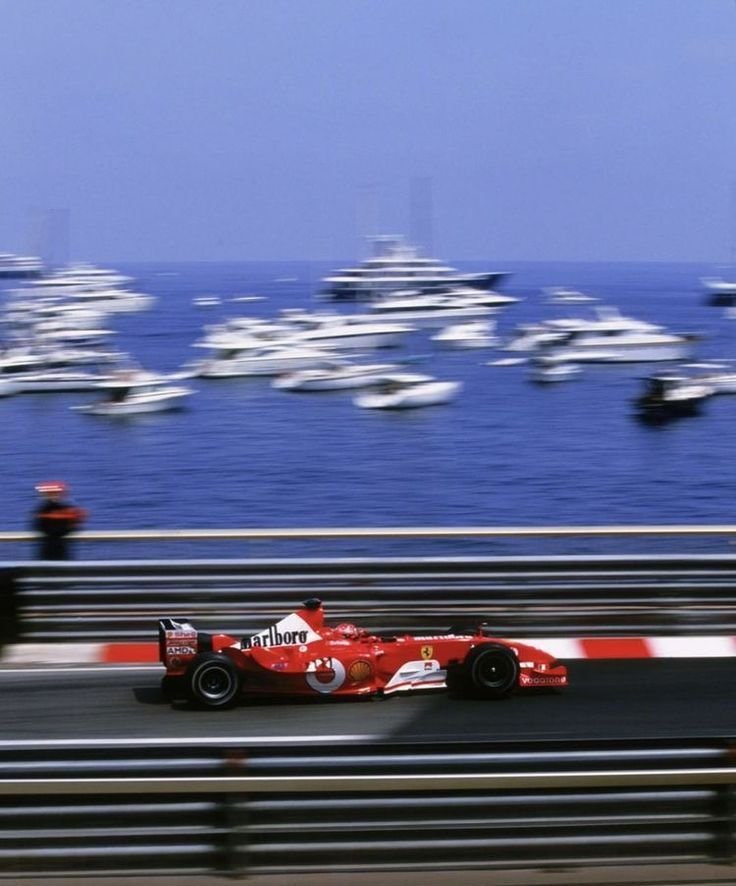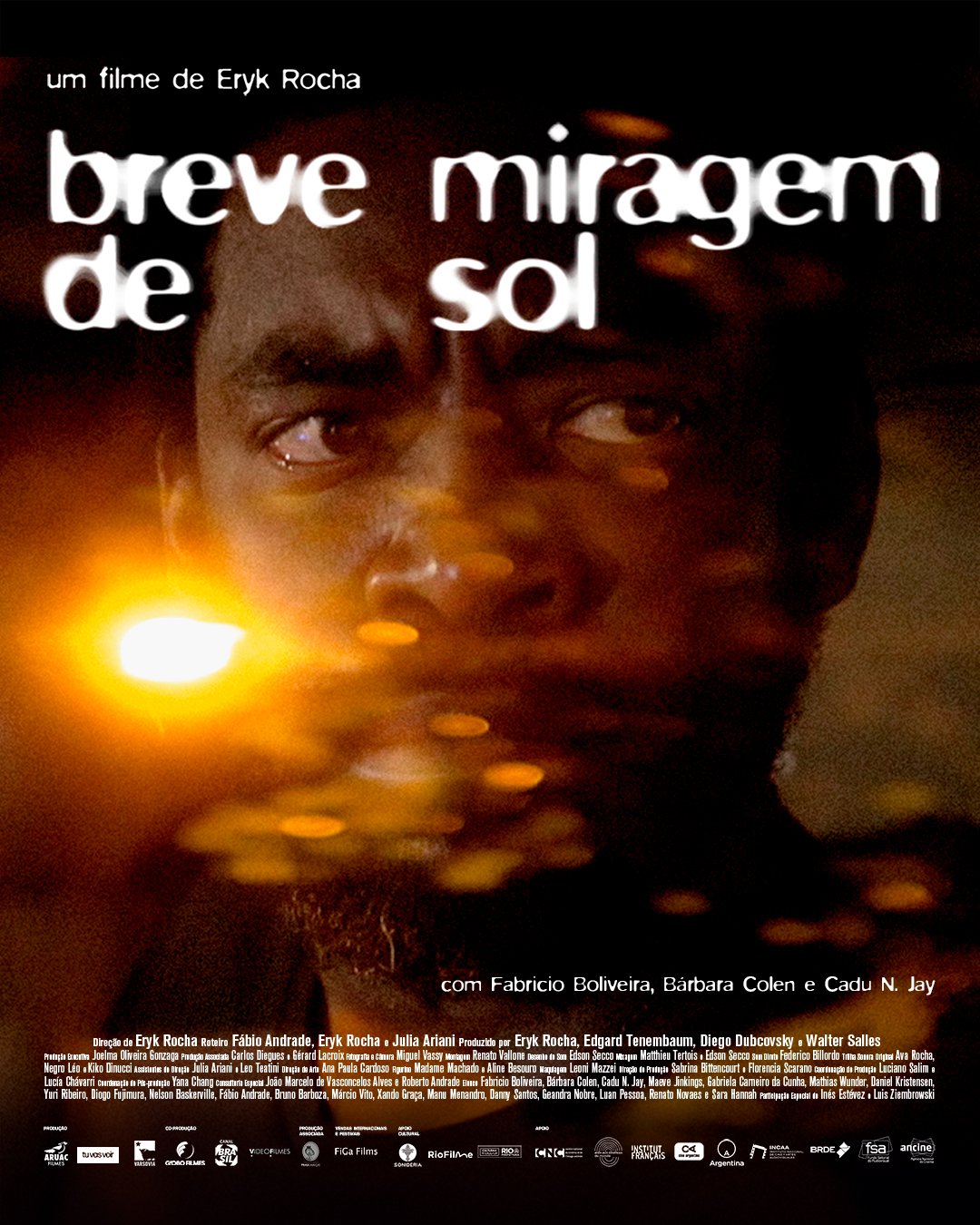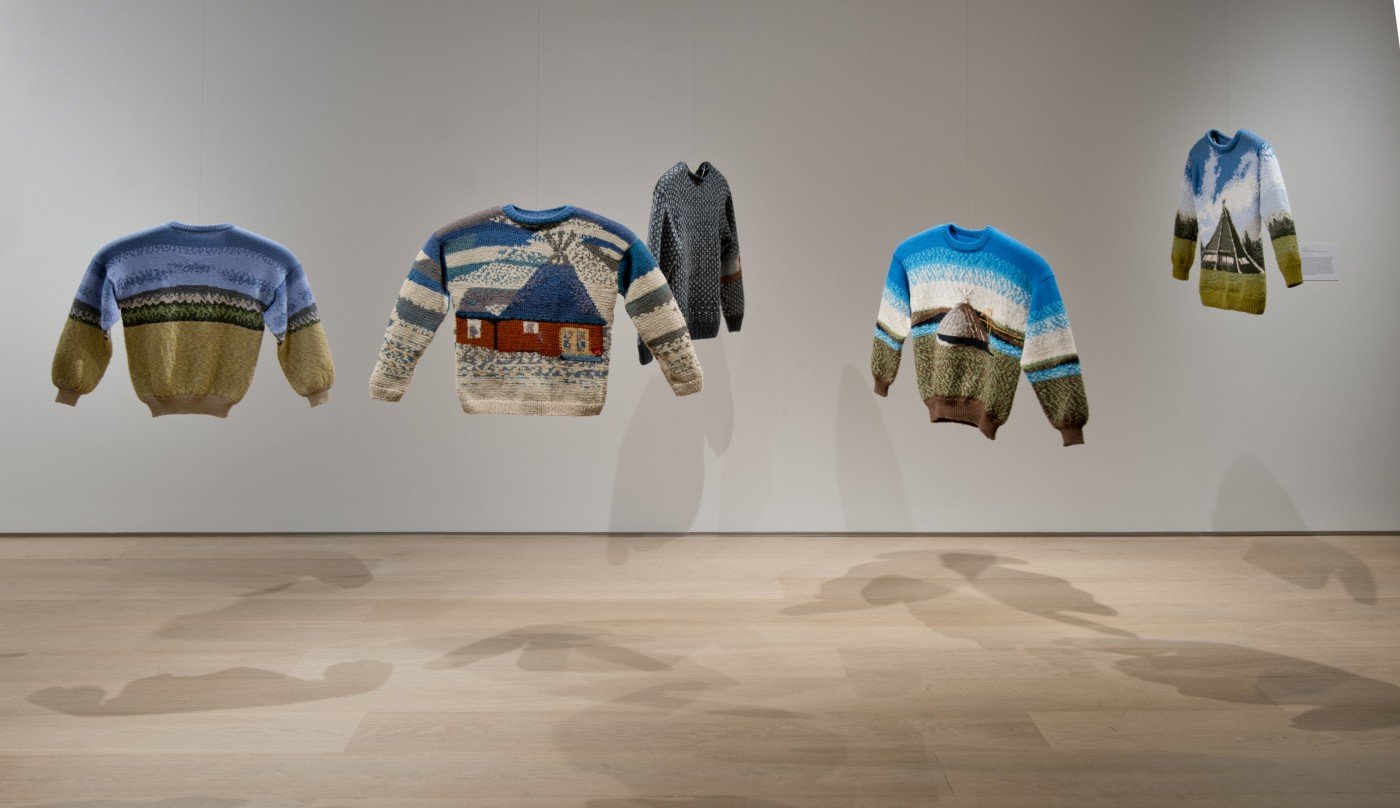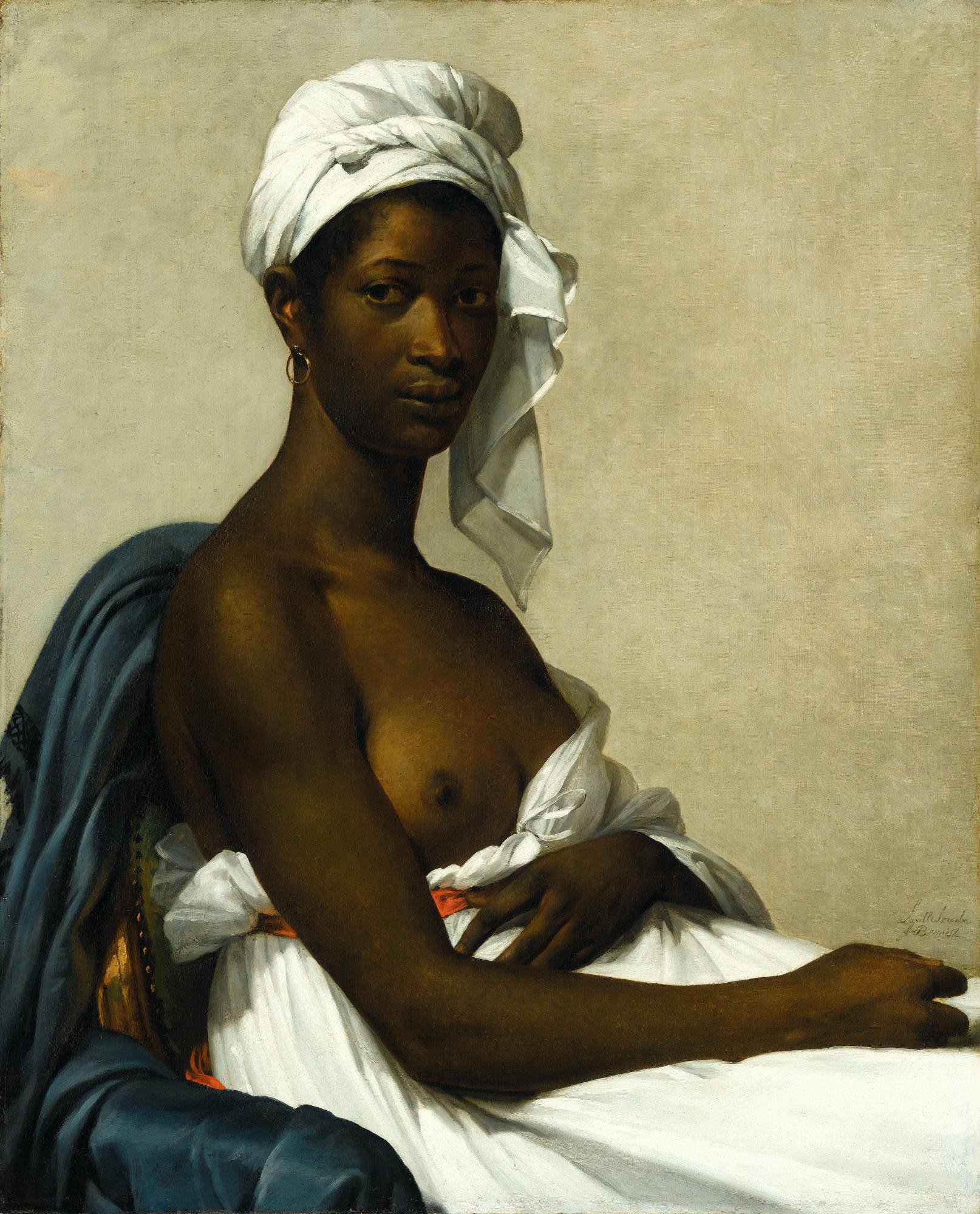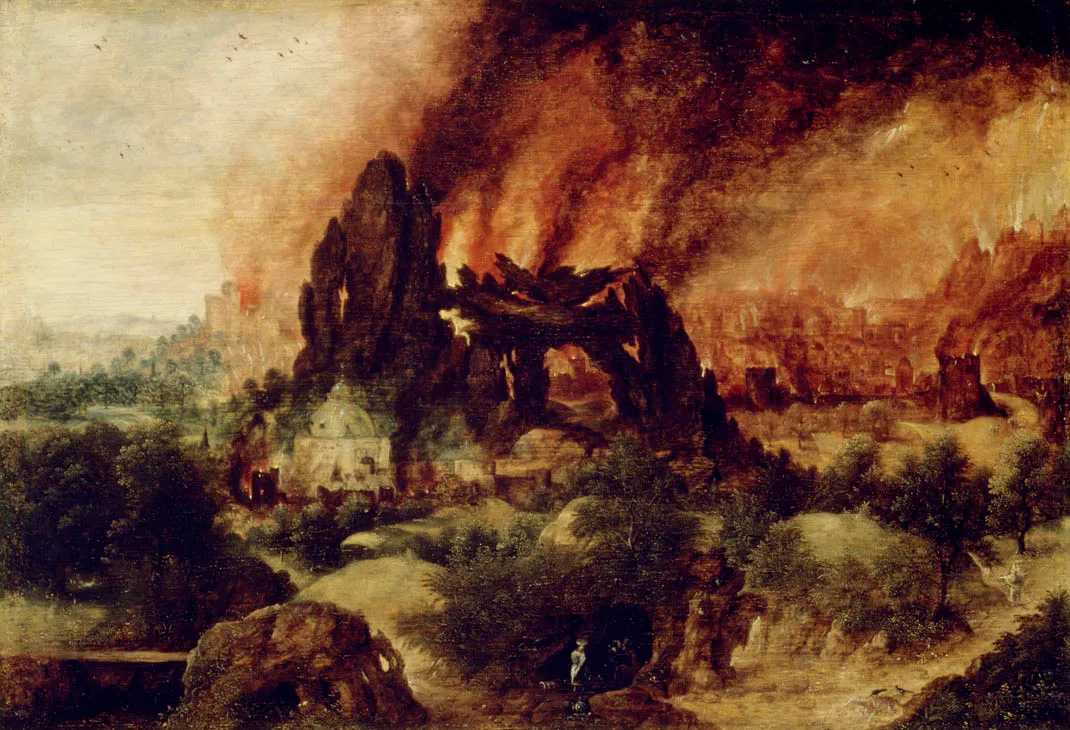Attracting a Buyer with Motion: Examining de Keyser’s Use of Pose in Portraiture
Divine Transformation: Reconfiguring Kali’s Feminist Iconography in Contemporary Western Art
Small Bronze Sirens of Renaissance Venice: A Feminist Critique on the Fetishization of the Mermaid
Marveling in Terror: Violence, Materiality and Salvation in Titian’s 1576 Saint Sebastian
Pleasure and Parody in the Harem: Elisabeth-Jerichau Baumann’s encounter with Princess Nazli Hanim
Early Oligarchal Penology: The Amsterdam Rasphuis as a Built Portrait of the Dutch Republic
As a built portrait of the city, the Amsterdam Rasphuis portal affords wealthy Dutch citizens the opportunity to fashion identities for themselves and their subordinates.
Revving Engines and Reverberant Sound: Noise in Formula 1
Noise in Formula 1 is reaching a breaking point where pleasing both fans and host communities may not be possible anymore.
The Afghan War on Rugs
Afghanistan has been exporting war rugs since 1979—many now hang in museums. So why don’t we know their makers?
Devotion, Exports, and Civic Duty: Gerard David’s Functional Landscapes
According to Sally Whitman Coleman, Gerard David’s landscapes are non-functional alongside other Flemish Primitives—but Emily Vescio disagrees.
The Fuller Brooch as an Anglo-Saxon Object
The Fuller Brooch dually embodies constructs of Englishness and the “Anglo-Saxon.”
The Semiotics of Typography in Night Media
Intricacies of type design influence our impressions as we read and thus our understanding of the world.
Carr v. Thomson: A Case of Sexism, Settler Nationalism, and Indigenous Erasure in Canadian Art History
Anthony Portulese argues that the Group of Seven’s artwork promotes the illusion of a country born on uninhabited lands.
Capital, Colonization, Contemporaneity: The Architecture Behind Joar Nango’s Sámi Shelters
According to Sámi artist and architect Joar Nango, “colonization and architecture are not separate phenomena.”
Deux tableaux, deux mesures : la réception de la race aux Salons du Louvre de 1741 et de 1800
L’histoire du Salon public du Louvre, racontée à travers le sujet caché de la race.
Natural Landscape as the Great Visual Raconteur: A Reading of The Destruction of Sodom and Gomorrah
Bles imagines a novel frontier through the overlooked set-pieces of Northern Renaissance paintings—one where nature is a primary narrative-emotive device conveying the Lord’s wrath.
Exhibiting Artemisia
When curating Artemisia Gentileschi, what story does one tell—that of a violent life or a pioneering businesswoman?
Tam Khoa Vu’s “Their Country”: Towards an Empowered Telling of Migrant Future
“All wars are fought twice, the first time on the battlefield, the second time in memory.”







